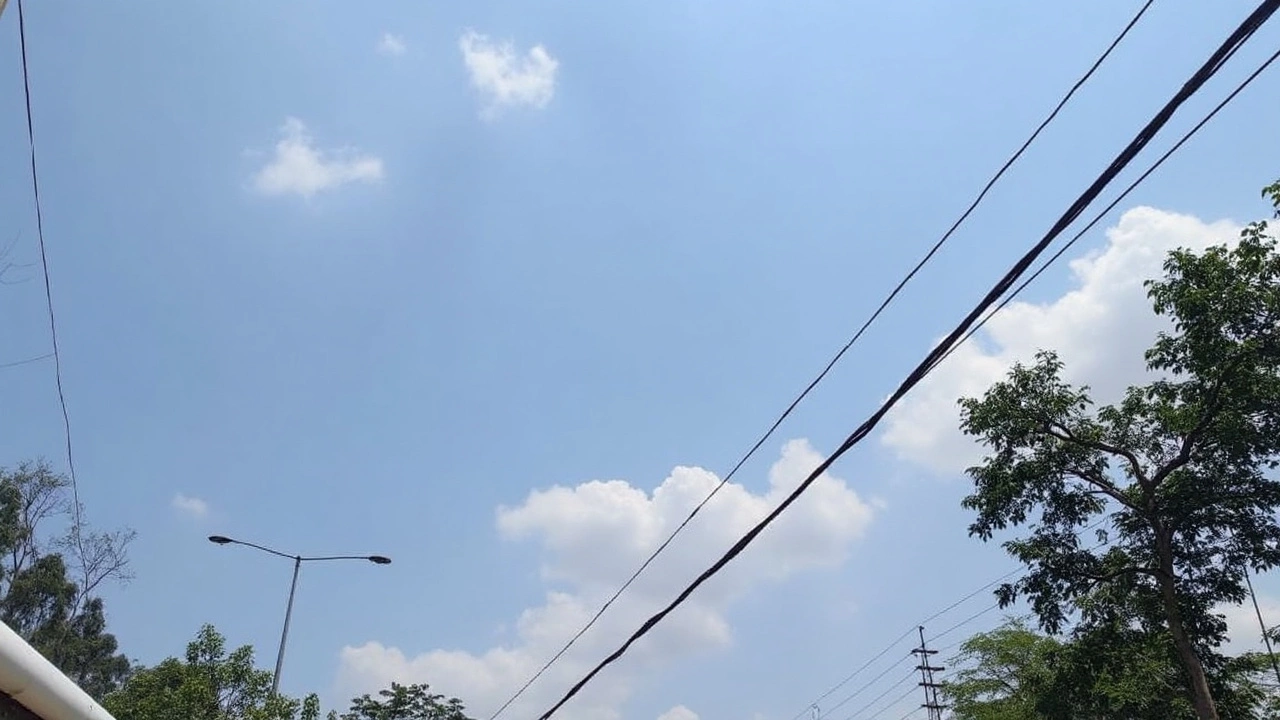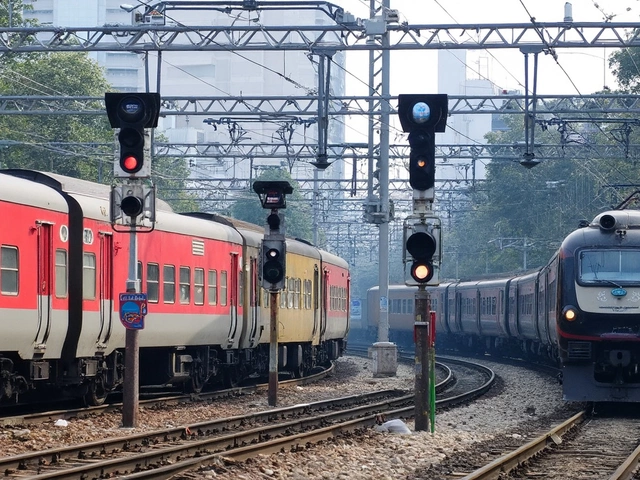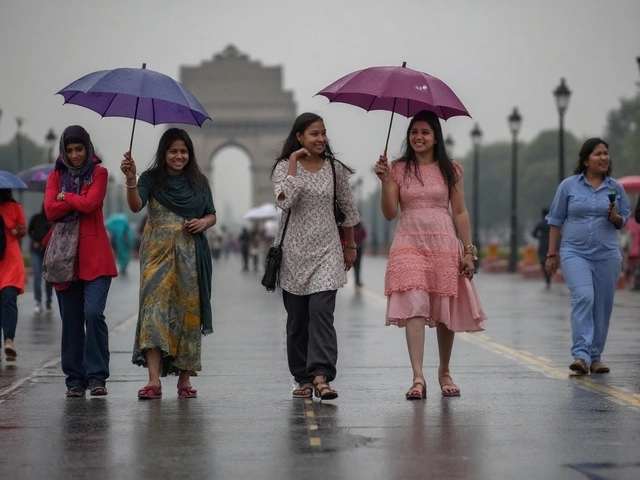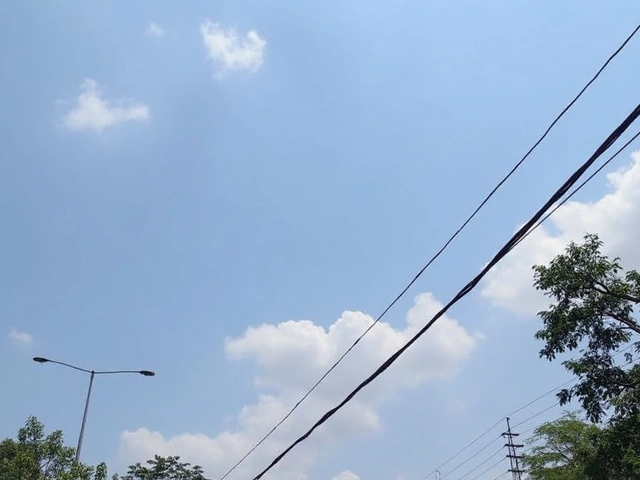Heavy Rain, Cyclones, and Warnings: India's Weather Turns Wild
India is in the grip of a dramatic weather swing, sparked by a cyclonic system building up over the Bay of Bengal. The Indian Meteorological Department (IMD) isn’t holding back on warnings — communities across the country are bracing for days of heavy rainfall, flooding, and hazardous conditions. Not just one part of the country is affected; from the eastern coasts to the Himalayan foothills and even southwards, nearly every corner is bracing for impact.
The most immediate concern is the cyclonic system that's set to slam into the Bengal and Bangladesh coastline around May 29. As this low-pressure area strengthens, Kolkata and nearby districts—including North and South 24 Parganas, Howrah, and Hooghly—could see rainfall totals shooting up between 70 and 200 mm. Northern Bengal’s rainfall is even more intense, sparking real fears about urban flooding and widespread disruption. Schools and businesses are already preparing for the worst, with officials urging people in low-lying neighborhoods to stay alert. Disaster relief teams have been told to stand by, just in case evacuation becomes necessary.
Kerala, meanwhile, is deep in the monsoon’s grip. The state is under red alert, and a steady downpour over districts such as Idukki has triggered landslides and blocked roads. Mayurbhanj and Ranital have seen schools close their doors, while waterlogging has forced people to wade through knee-deep water just to reach home. Emergency services are running nonstop, clearing debris and trying to keep critical infrastructure—like hospitals and rescue shelters—up and running. With monsoon activity expected to last for days, anxiety is high about further landslides in hilly regions and flooding in city centers.
North India isn’t catching a break, either. The IMD has put Delhi, Punjab, Haryana, and Rajasthan on orange alert—urging people to watch for sudden thunderstorms, lightning, and fierce winds that could topple trees or power lines. These storms pack a punch, with wind speeds forecast to reach 50–60 kmph. For folks living in Jammu-Kashmir, Himachal Pradesh, and Uttarakhand, things are especially tense. Isolated heavy rainfall is on the radar, and with the region’s steep slopes, the risk of flash floods and landslides is hard to ignore. Photos from local reporters already show downed power lines and battered rooftops in several mountain villages.
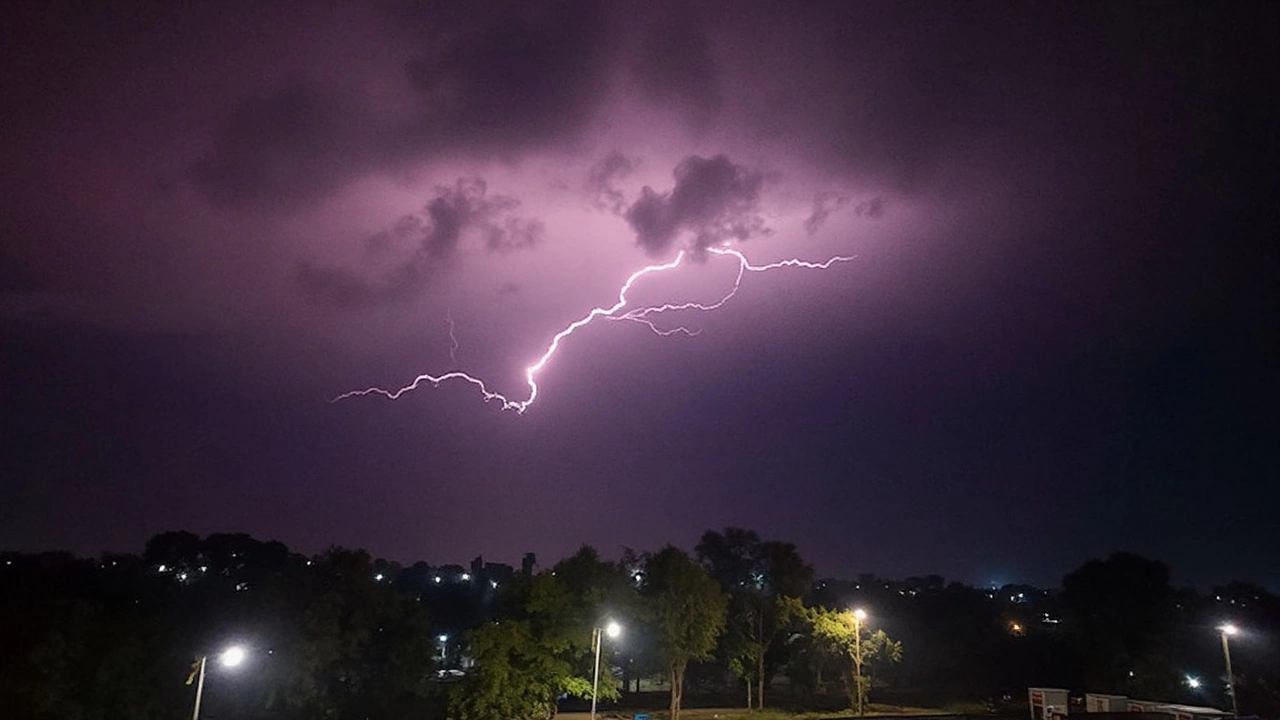
Compound Crises: Dust Storms, COVID-19, and Disaster Prep
Rajasthan is battling its own set of troubles—with a bizarre combination of blazing heat, dust storms, and rolling thunderstorms. Residents are sandwiched between dust clouds on the one hand and sudden downpours that muddy the streets on the other. Power outages have hit some towns, and local health workers warn that heatwaves can make respiratory issues much worse—especially alongside rising cases of COVID-19.
Further east, Assam and Meghalaya are facing another orange alert. Meteorologists predict waves of heavy rain, strong winds, and fast-rising river levels. Flood relief centers are being stocked up, and authorities are checking embankments and storm drains in a bid to keep the worst of the water at bay.
Maharashtra and Tamil Nadu aren’t spared either. These states are wrestling with a double whammy: brutal monsoon storms and a stubborn climb in COVID-19 fatalities, particularly among people with other health problems. Hospitals are stretched thin as some patients struggle with both weather-linked complications and the ongoing pandemic. Cities like Mumbai and Chennai have seen localized flooding around hospitals, forcing ambulances to find alternate routes while patients and staff wade through flooded entrances. Disaster management teams are out inspecting essential infrastructure, while government task forces try to prevent the emergence of new disease clusters in crowded relief shelters.
With a week of severe weather looming, India’s emergency teams, utility companies, and ordinary residents are working overtime just to stay safe and dry. From the banks of the Bay of Bengal to the crowded lanes of Kerala and the dust-choked towns of Rajasthan, the country is bracing for a test of resilience against nature’s full force.
